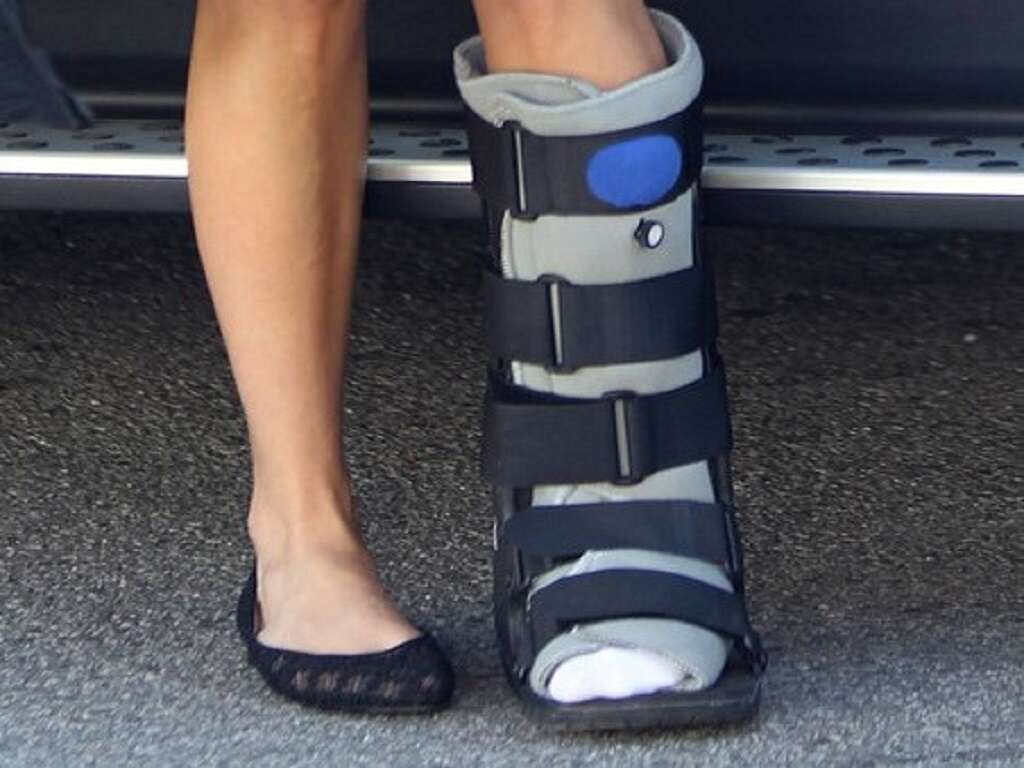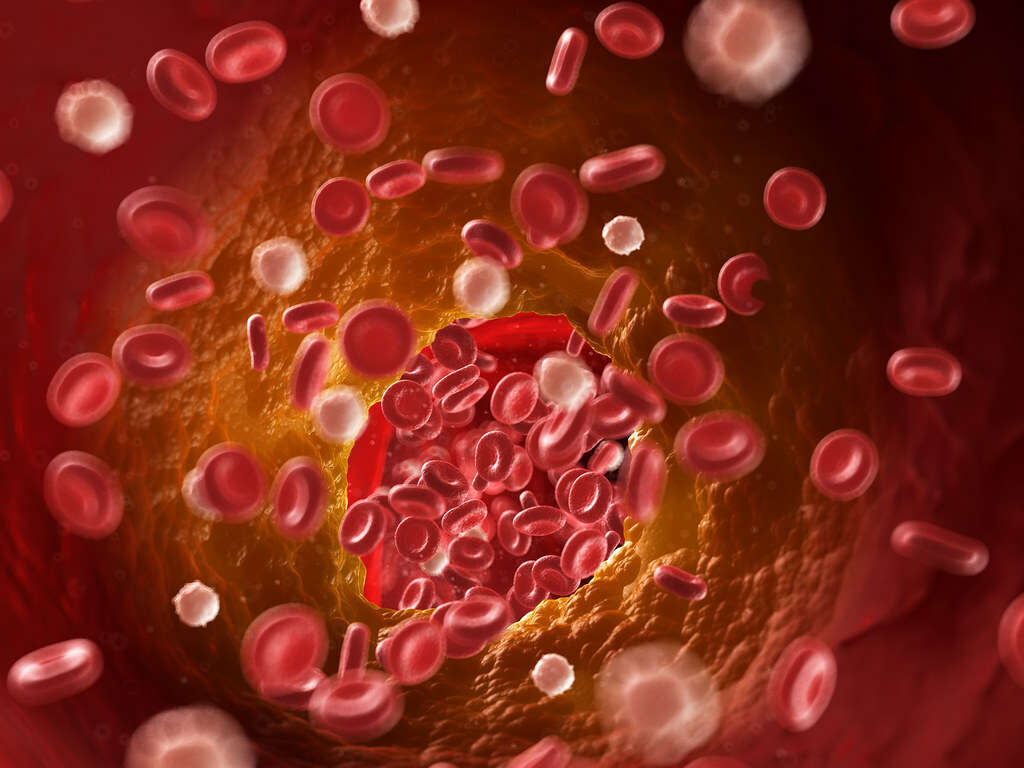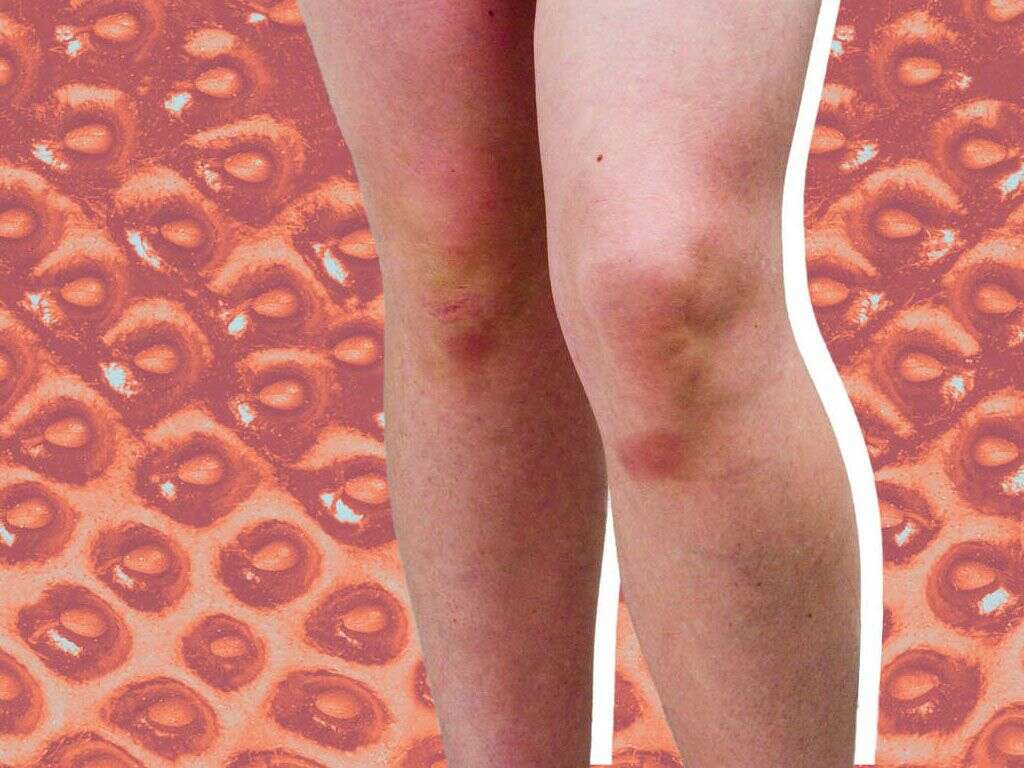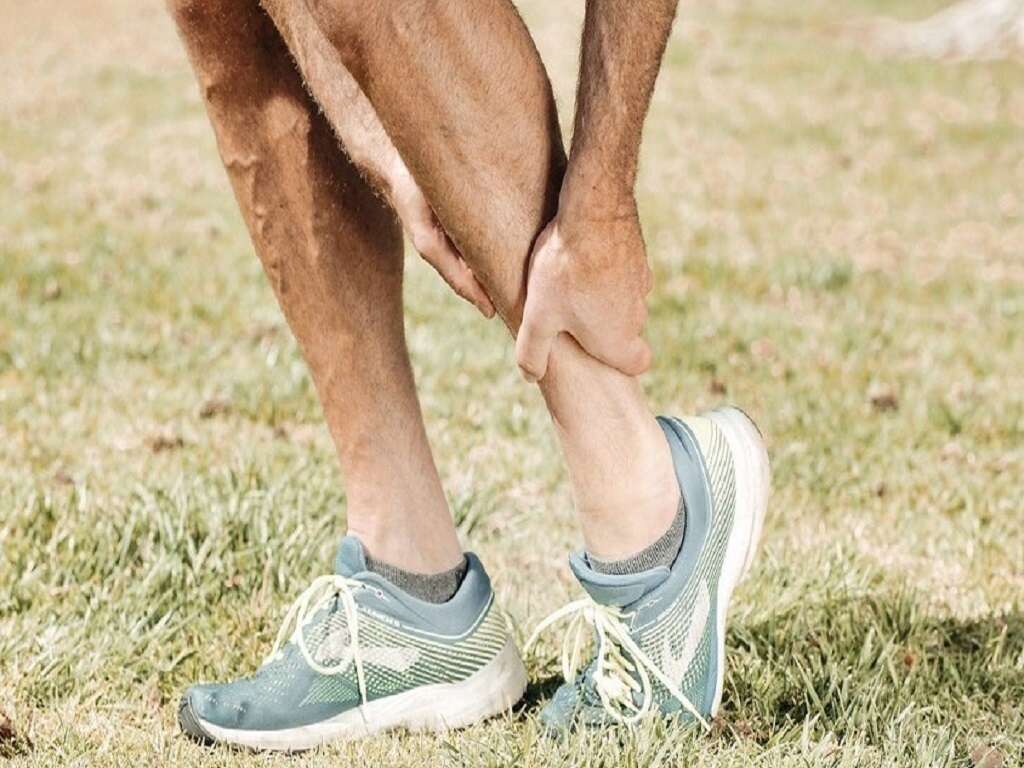Leg Pain Causes, Treatments & More
 Article Sources
Article Sources
- 1. 'Don't Let Foot Cramps and Charley Horses Slow You Down.' Cleveland Clinic, health.clevelandclinic.org/dont-let-foot-cramps-charley-horses-slow.
- 2. 'About Peripheral Artery Disease (PAD).' Heart.org, heart.org/en/health-topics/peripheral-artery-disease/about-peripheral-artery-disease-pad.
- 3. 'What is Venous Thromboembolism (VTE)?' Heart.org, heart.org/en/health-topics/venous-thromboembolism/what-is-venous-thromboembolism-vte.
- 4. 'Shin Splints.' NHS.UK, www.nhs.uk/conditions/shin-splints.
- 5. 'Leg Fracture.' Harvard Health, health.harvard.edu/a/to/z/leg-fracture-a-to-z.
- 6. Jadhav, S. P., et al., 'Comprehensive Review of the Anatomy, Function, and Imaging of the Popliteus and Associated Pathologic Conditions.' Radiological Society of North America, pubs.rsna.org/doi/10.1148/rg.342125082.
- 7. 'Hamstring Injury.' NHS.UK, www.nhs.uk/conditions/hamstring-injury.
- 8. 'Leg Pain: MedlinePlus Medical Encyclopedia.' MedlinePlus, medlineplus.gov/ency/article/003182.htm.
10. Prevention
It's advisable to stretch before and after exercising to prevent leg pain. Diets with potassium-rich foods, such as chicken and bananas, may help prevent tendon and muscle leg injuries.
Medical conditions that may cause nerve damage in the legs can be prevented through lifestyle changes. These changes include exercising for at least 150 minutes every week, avoiding cigarette smoking, limiting alcohol consumption, maintaining a healthy weight and maintaining healthy blood pressure and cholesterol levels.
Advertisement











